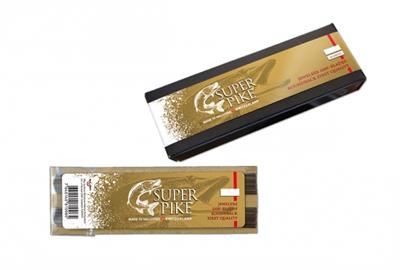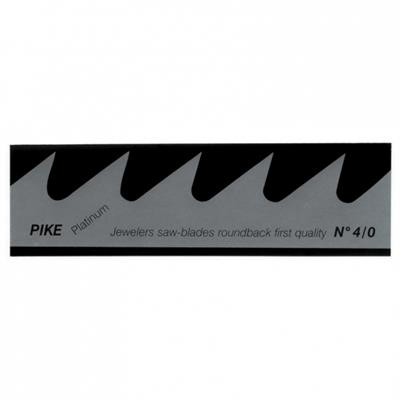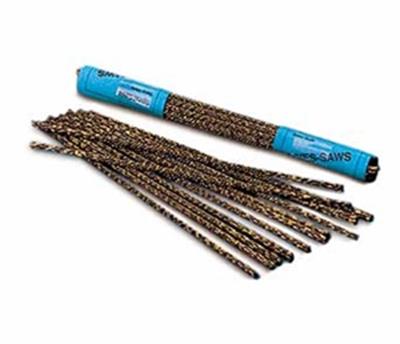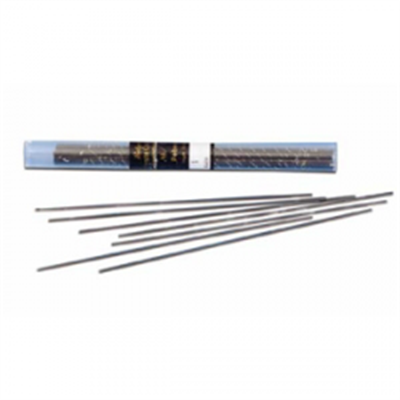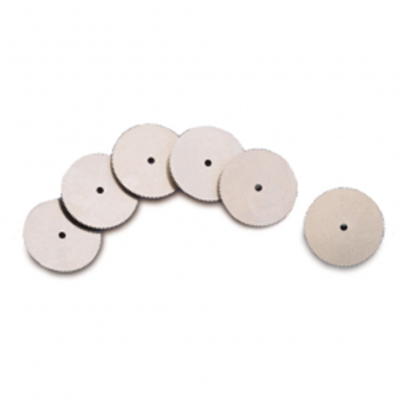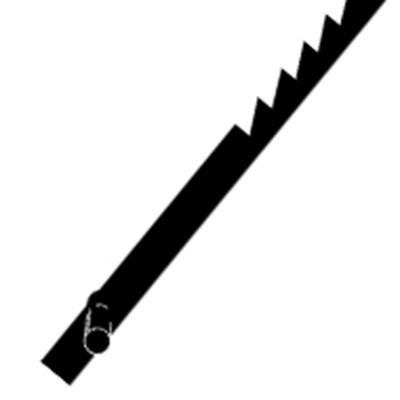Categories
- Laser Engraving
- CAD Design
- 3D Print & Cast
- Refining & Scrap
- BULLION
- Castings & CAD
- Fabricated
-
Tools & Equipment
- Gift Vouchers
- Adhesives
-
Abrasives
- Assorted Miniature Mandrels
- Carborundum Files
- Cratex Abrasives
- Deburring, Satin Finish and Flap Wheels
- Diamond Wheels
- Emery or Sanding sticks
- Emery Paper and Sandpaper
- Garryflex Blocks
- Hard Arkansas Stones
- India Stone
- Mizzy Heatless Grinding Wheels
- Moores and Magnum Sanding Discs
- No-Lap Bands
- Polishing Pins and Points
- Powdered Abrasives
- Pumice Wheels
- Radial Bristle Disc
- Ruby Stone Abrasives
- Sanding Sponges
- Santaper Sticks & Belts
- Shells-Sangers Paper
- Silicon Carbide Separating Discs and Cut-Off Wheel
- Silicone Rubber Abrasives
- Slurry Coated Strips
- Wooden Ring Mandrels
- Wooden Split Mandrels
- Anvils, Bench Blocks & Stakes
- Beading
- Benches & Bench Accessories
- Books
- Brushes
- Buffs & Felts
- Burs, Drillbits and Accessories
- Casting Supplies and Equipment
- Cleaners & Supplies
- Copper, Brass and Steel Wire
- Diamond Supplies
- Engraving Equipment & Supplies
- Files
- Flexible Shafts & Accessories
- GRS tools and BenchMate Systems
- Hammers & Mallets
- Kits
- Magnifiers & Optical
- Measuring
-
Metal Forming & Decorating
- Bangle Mandrels
- Bangle Stretcher
- Bench Blocks and Accessories
- Bezel Blocks
- Centre Punches
- Disc Cutting Sets
- Doming/Dapping Block Sets
- Doming/Dapping Blocks and Cubes
- Doming/Dapping Punches
- Large Durston Cupola Set
- Necklace Mandrels - Busts
- Pitch Bowl and Chasing tool Sets
- Ring And Bezel Mandrels
- Ring Bender
- Ring Roller Stretcher For Stone Set Rings
- Scribers, Scrapers and Burnishers
- Sinu Triblet
- Swage Blocks
- Vertical Ring Stretcher
- Wooden Forming Tools
- Packaging, Displays, Labels & Tags
- Pearl Equipment
- Plating & Colouring
-
Pliers and Cutters
- Assorted Pliers, Cutters and Shears
- Econo-Line Plier Sets
- Economy Pliers and Cutters
- Ergonomic Pliers & Cutters
- German Box Joint Pliers & Cutters
- Heavy Cutters
- Lindstrom Pliers
- Nylon Jaw Pliers
- Parallel Action Pliers
- Pastorino Pliers & Nippers
- Plastistats
- Plier Stands
- Pro-Line Long Nose Pliers
- Ring Cutters
- Rossi Italian pliers
- Polishing
- Reamers and Broaches
- Ring Tools
- Rolling Mills
- Safety
- Sawblades & Sawframes
- Scissors & Shears
- Setting Tools
- Soldering Tools & Accessories
- Stamps and Stamping Tools
- Tables and Data
- Testing Tools & Supplies
- Torches, Burners, & Accessories
- Tumblers
- Tweezers & Tongs
- Vices
- Watch Supplies and Tools
- Wax & Wax Working Tools
- Wire Drawing
- Finished Jewellery
-
Findings
- Head Pins
- End Tags (Finals)
- Gold and Silver Leaf
- Jump Rings and Split Rings
- Padlocks
- Pendant Fittings
- Ring Clips
- Safety Chain
- Settings
- Bails
- Beads
- Brooch, Cufflink and Lapel Fittings
- Machine Chain
- Clasps
-
Earring Fittings, Studs and Accessories
- Ball Post And Ring
- Ball Studs
- Butterflies,Posts and Backs
- Creoles & Sleepers
- Ear Thread
- Earring Hook
- Earring Studs - 2002 - 4 & 6 claw
- Earring Studs - Dot Studs
- Earring Studs - Double Bezel
- Earring Studs - Pearl Cup
- Earring Studs - Regal
- Earring Studs - Rubover
- Earring Studs - Y Studs
- Hook Wires
- Lever Back Ear Hooks
- Omega Clip
- Straight Earscrews
- Zulus
- Sovereign Mounts
- T-Bars & Albert Swivels
- Tables and Data
Understanding Jeweller's Sawblade Sizing:
Jeweler's sawblades are fine, delicate blades used for cutting intricate designs in various metals and other materials. They come in a range of sizes and types to accommodate different materials and cutting requirements.
A standard blade for a jewellers saw is 130mm long, with an area at the end with no teeth on it where a clamp on the sawframe will grip the blade.
Sizing Explained:
The sizing of jeweler's sawblades is numbered, with each size having specific dimensions. See the product page for each blade for the available options and the sizes and teeth density available in that type
Basic Sizing Principle:
- In jeweller's sawblade sizing, the numbers typically range from 1, 2, 3, and upwards, with added "/0" sizes like 2/0, 3/0, and so on.
- The key to understanding this system is to recognize that the larger the number before the "/0", the smaller and finer the blade is.
- For most blade types, 0 is the approximate middle of the sizing range.
- 2/0 is often called a double zero blade, 3/0 a triple zero blade (00, 000 respectively) etc.
- Size 0 blades are sometimes called 1/0 - as it is a single zero.
The /0 numbering
- Standard sizes (like 1, 2, 3, etc.) represent larger, thicker blades. As you move into the "/0" sizes, the blades become progressively thinner and finer.
- For example, a 2/0 blade is finer (thinner and with more teeth per inch) than a 0 blade, and a 3/0 is finer than a 2/0, and so on.
- This trend continues as you go higher in the “/0” series. The highest numbers in this series, like 6/0 or 8/0, indicate extremely fine blades used for very detailed work.
Thickness and Teeth Density
The size of a blade is determined by its thickness and the density.
- Tooth density is the number of teeth per inch / teeth per cm as shown on the sizing table for the blades. Closer together tooth spacing will prevent material from being caught between the teeth.
- Choosing the right blade size depends on the material's thickness and the type of cut desired. For example, thicker materials will be faster and work well with coarser blades, while finer, detailed work benefits from finer blades.
- A way to determine blade compatibility is from the thickness of the item being cut, and the teeth density. Ideally you want to maintain at least 2 teeth in contact at all times to reduce blade vibrations when cutting.
- The density also impacts the smoothness of the cut, with greater tooth spacing causing a more rough surface on the item being cut.
Material Compatibility:
Harder Materials (such as Brass, some Bronze alloys, platinum, some white gold alloys, steel) will greatly benefit from the harder Pike platinum blades.
Softer materials do not require these harder blades, and as the hard blades break easier you should use standard Super Pike blade
Extremely soft items will clog the space between teeth on normal blades, so use of a spiral or skip-a-tooth blade will reduce blade clogging.
Spiral blades will cut on any side, however will tend to pull sideways when trying to cut a straight line. They are ideal for soft materials such as wax, shell and similar.

